The Russian ruble can hope to strengthen, at least in theory. The Central Bank announced that it is returning to the domestic foreign exchange market. The regulator abandoned many operations back in August 2023, when the dollar exchange rate exceeded the 100 ruble mark. Now he will not only realize pent-up demand, but will also make other transactions. They will begin in January 2024. The return of foreign currency purchases could be a threat to the national currency, but the ruble did not react to the news. Why? Ivan Yakunin found out.
The main question is: is the Central Bank going to buy or sell currency? What will happen to the course depends on this. The regulator announced that it plans to carry out four types of operations. Firstly, within the framework of the budget rule. This means that when oil is above $60 per barrel, purchases will begin. Secondly, he will carry out those transactions that he has been postponing since the summer, and here we are also talking about purchases.
The third important item is expenditures from the National Welfare Fund outside the budget rule. If the Ministry of Finance spends reserve money on an emergency basis, then the Central Bank must sell foreign currency for the same amount. And finally, the same mechanism applies when the fund is used for investment.
Sofya Donets, chief economist of Renaissance Capital for Russia, assessed each of the articles and made calculations at the request of Kommersant FM: “2 trillion rubles. — possible purchases under the 2024 budget rule. 1.6 trillion rubles. — purchases postponed from 2023. Total — 3.6 trillion rubles. Then we start spending the National Welfare Fund outside the budget rule, this is 3-3.5 trillion rubles. And here we just come to approximately zero.
And if we add to this the mirroring of investment expenses of the National Welfare Fund, we will most likely get small sales. I think that they will fit into 1 trillion rubles. in equivalent at an oil price of $70.”
But it can be even higher: the budget, for example, includes a cost of $85 per barrel. It must be noted that these are only approximate estimates; the Central Bank itself will publish details only at the end of December. The total amount will be divided into 12 months and sold evenly.
Kommersant FM's interlocutors agree that such measures could strengthen the ruble by 3-5%. But only if there are no other factors, noted Freedom Finance Global leading analyst Natalya Milchakova: “There are OPEC forecasts that there may be a short-term oil surplus at the end of 2023. In addition, a large number of import contracts are usually concluded at the beginning of the year. In 2024, we will see fuel prices in the range of $82-$92 per barrel.
Also, the mandatory sale of foreign currency earnings by exporters will continue, and the Central Bank’s monetary policy will remain tight.”
In turn, the head of the Central Bank, Elvira Nabiullina, at one of the last meetings promised to keep rates are high “for a long time.” In her opinion, it will be possible to return to easing monetary policy at the end of 2024.
VTB Head Andrei Kostin, at a meeting with the president, expressed hope that this will happen faster. To this, Vladimir Putin replied that you need to be very careful with softness.
The Central Bank’s entry into the foreign exchange market as a whole may affect the process, but not greatly, concluded economist Dmitry Polevoy: “Indeed, the scenario of a stronger ruble slightly improves the outlook for both inflation and the key rate. But the first indicator is not only a direct function of the national currency exchange rate, it is largely a function of a more sustainable, confident economic recovery and deficit in the labor market.
There are high inflation expectations and sanctions, which also make the supply of imported goods more expensive. Therefore, we still do not feel excessive optimism from the improved forecasts for the ruble exchange rate regarding the rate.”
So for now, the return of the Central Bank can hardly be called a significant event for the foreign exchange market. This, apparently, reflects the ruble exchange rate. The dollar began trading on November 27 at 88.6 rubles, and ended at 88.8 rubles. without significant fluctuations within the day.
.




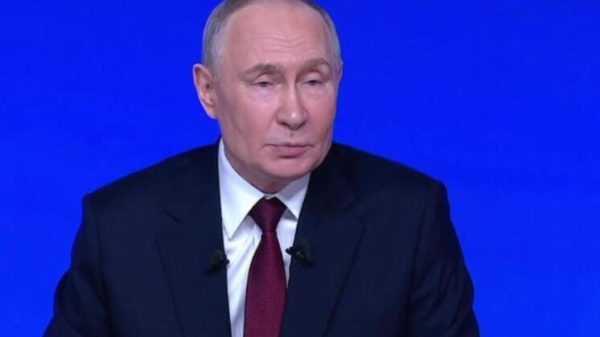



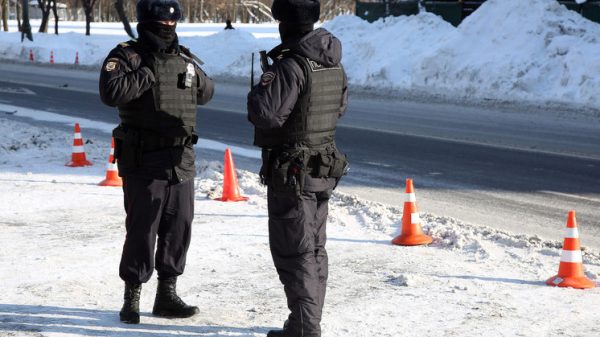

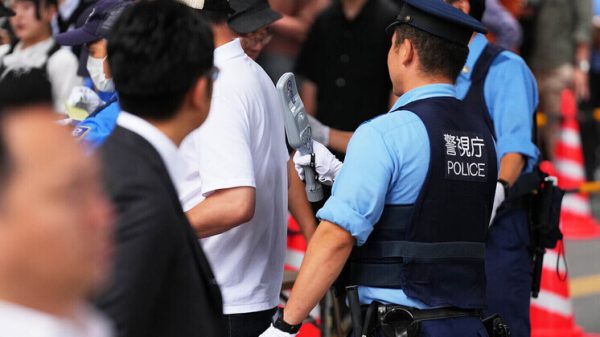



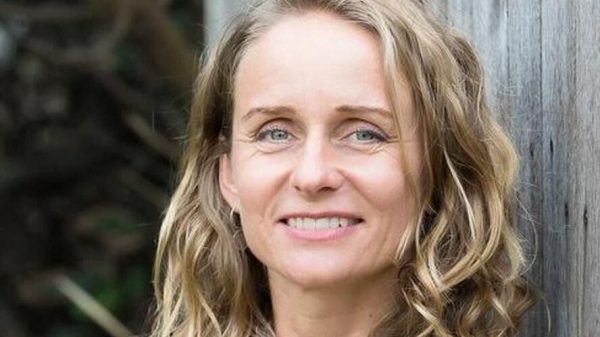


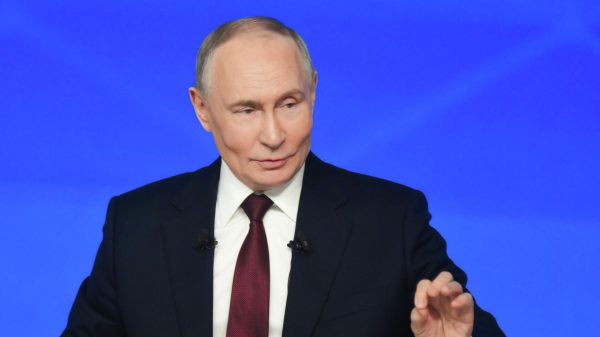















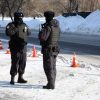

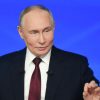














Свежие комментарии